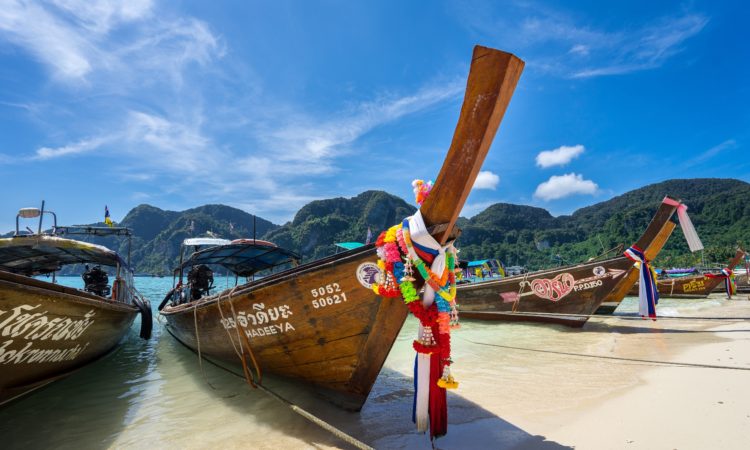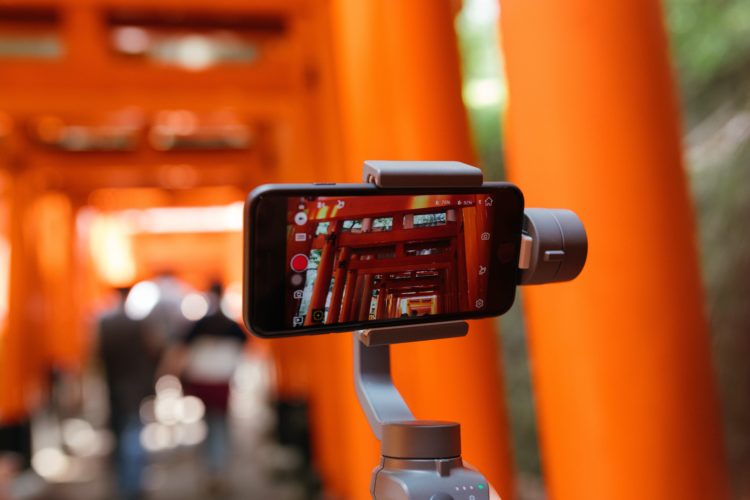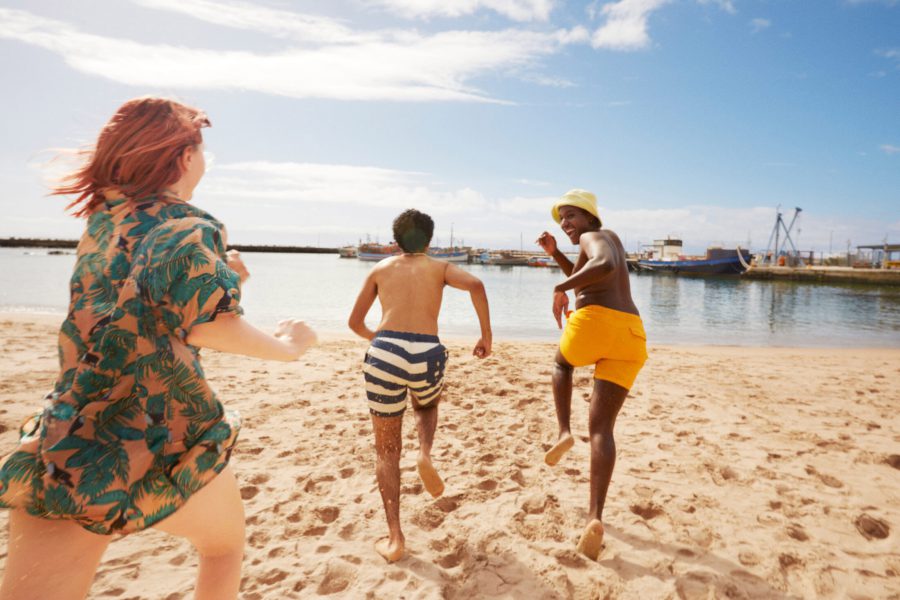The internet has had an enormous impact on how tourists make their destination decisions, particularly when it comes to Millennial and Gen Z travelers. Authenticity is king, word-of-mouth reigns, and family, friends and digital influencers are the go-to sources for travel inspiration.
And that’s exactly why blogs are so important. In a nutshell, they combine the number one search tool (the internet) with the number one most trusted source (insider tips from real people, user reviews and referrals, all shared on social media), driving traffic to your site, and establishing your destination marketing organization (DMO) as THE expert on your city.
The importance of social media cannot be overestimated. FOMO (fear of missing out) plays a major role in the inspiration process. An Adweek survey, in fact, found that 52% of Facebook users dream about vacation while on the channel, even when they’re not planning for a trip. The most FOMO susceptible? Millennials, who, incidentally, travel the most of any generation (35 days a year, according to Skift).
Where blogs really shine, though, is in answering the call for authentic, personality-driven content that has the ability to set your destination apart from the infinite number of other destination choices. That is, of course, if you do it right.
7 Keys to DMO Blog Success

1. Differentiate Yourself
Don’t try to be all things to all people. The result is invariably homogeny just when differentiating yourself from all those bright, shiny US cities is an imperative. DMOs are, after all, in the business of experiences and people, and that’s what your focus should be.
As Skift explains in its report, ‘The Post-Experience Economy: Travel in an Age of Sameness,” “What is memorable about a trip, most often, comes down to interacting with the people and culture around you. The unexpected moments that are unpredictable and ultimately force you to look at the world differently with a new sense of understanding or humility.”
Which brings us to #2 on the list.

2. Tell a personal story
You can play it safe and, essentially over-sanitize your content, but all you’ll succeed in doing is churning out a generic story with nothing inspiring—and no realness—about it.
What you should be striving for is a boatload of personality, quoting first-hand experiences, sharing quirky tidbits, and revealing the true character of your city beyond all the marketing hype.
The idea of telling a personal story goes hand in hand with the demand for authenticity. Blog visitors are looking for an authentic voice that inspires their trust – and, ultimately, will motivate them to plan a visit. That’s why blogs written from a local or otherwise first-person perspective—someone who has experienced the city for themselves, has explored every corner, and can share insider info on the stuff the guidebooks don’t tell you—is so compelling.
AmazingThailand.com’s blog does a great job of this, inviting travel writers to share their impressions in a very personal way. Take Jennifer Johnson’s “Bangkok Temples and Baggy Pants in the Land of Smiles.” It’s the antithesis of generic, giving commentary you wouldn’t read in a standard sight description. For instance, in describing a boat ride to the Grand Palace, she explains that, “Crammed into my boat are both tourists and locals, including a group of five young solemn faced monks cloaked in luminescent orange. Floating on top of the murky brown Chao Phraya River for 15 baht (50 cents AUD) is not only an inexpensive passage but an insight into Bangkok life.”
3. Encourage interactions
The more comments, the more visibility, the more shares—and the more trusted your content. Having unbiased readers augment your content with their own personal experiences and reviews only paints a deeper, truer picture—one that can’t help but engage and inspire.
Not that comments are the only way to interact with users, and to get that all-important user-generated content. Promotions and competitions are another. For example, you might encourage followers to “Post Your Best Chicago Selfie,” with the incentive of being featured on your DMO site.
Hashtags are extremely important in this, particularly when you’re talking Instagram. Consistently using the right hashtags will make it easier to be discovered, making you more visible to people who may not be following you yet.

4. Tap into digital influencers
Whether focused on travel, outdoor pursuits, dining or nightlife, digital influencers have an ever-growing list of riveted, loyal followers who are just waiting to hear about your city—as long as their favorite influencer is telling them about it. Inviting these influencers to guest blog can help travel brands tap into specific visitor groups (foodies or culture lovers, for example), delivering your message and unique story through the filter of an expert they know and trust. This is authenticity and personality working to the max.
5. Grab them with a headline
SEO is of course all-important. But balance those keywords with attention-getting, enticing language. Numbered lists are always a big draw, as is a sense of imperative action. For instance, something like “Come Visit Chicago’s Award-winning Riverwalk” likely won’t get the engagement that “10 Things You Absolutely Should Do on the Chicago Riverwalk” might. And again, always deliver on the promise, gearing your content to personal insights, insider tips, and “when I did this, I loved it” experiences.

6. Make it visual
The internet is a visual medium, true enough. But with video gaining more and more engagement (according to Cisco Visual Networking Index (VNI) Complete Forecast, 80% of the world’s internet traffic will be video by 2021), a multimedia component is more necessity than choice—at least if you want your DMO blog to be a social media success, which of course you do.
Brand USA is using video content to capitalize on the allure of the local’s viewpoint with a series called “Ask a Local.” As Brand USA explains, these documentary-style videos “were created using local, unscripted point of views, fast cuts, sound effects and B-roll supplemental footage.” The beauty of them is their adventurousness, diversity and spontaneity—and, above all else, their authenticity. A roller derby girl espouses the pleasures of her hometown Milwaukee, a tourist takes us along on his first Kansas City barbecue experience—and bloopers, gaffes and off-the-cuff moments make it all the more real and undeniably entertaining.
7. Be consistent
It might seem like a bit of a no-brainer, but consistency is essential. Post your DMO blog at least once or twice a week, and always on the same day(s). Invite visitors to subscribe so they don’t miss a beat, and always, always, always post your latest blog across social media channels. Snapchat and Instagram are top of the list among Gen Zs, for instance, while Gen X trends towards Facebook and Pinterest.
The overriding message here is that blogs are an indispensable tool in raising awareness of what makes your destination unique—so unique, in fact, that subscribers and followers will be running for their laptops to plan their visit. Most importantly, the source of that awareness is a local or expert (i.e. someone trusted), who knows every corner of the city, penetrating far deeper than any visitors guide possibly could. Millennials (the most travelled of the generations) and Gen Zs (the travel industry’s rising generation), in particular, know a marketing pitch when they hear one. Your blog will be anything but—and they’ll love you and your city for it.













